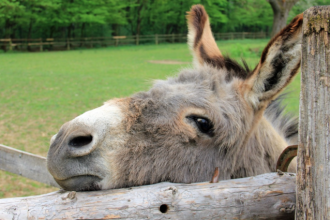Chuck Chalberg
Will this Democratic defeat trigger another batch of wilderness years for the party? And if so, how long will this period last?
The recently concluded presidential election is not without its historical parallels and ironies, both of which speak to the country’s immediate future, as well as to the future of the Democratic Party. At the same time, both return us to the only Democrats elected to the presidency between the Civil War and the reign of Franklin Roosevelt. That lonely pair would be Grover Cleveland and Woodrow Wilson.
The most obvious parallel would be the non-consecutive terms of Cleveland (our 22nd and 24th president) and Donald Trump (our 45th and soon-to-be 47th president). The less obvious parallel is the returning to power of the anti-Wilson Trump almost exactly 100 years after the death of the actual Wilson in 1924. More on that shortly.
Then there is the possibility that the Democrats could be heading into the political wilderness, which was the party’s fate following their defeats in 1896 (when William McKinley defeated William Jennings Bryan, the anti-Cleveland Democrat) and again in 1920 (when Warren Harding ended eight years of the Wilson administration). Which brings us to 2024.
Will this Democratic defeat trigger another batch of wilderness years for the party? If so, will those years match or exceed the sixteen years between their defeat in 1896 and Wilson’s election in 1912? Or will this time in the wilderness be closer to the dozen years between 1920 and the election of FDR in 1932? We’ll see.
There is no precise measurement of “wilderness years,” but the presumption is that it’s longer than just one or even two election cycles—and certainly longer than the eight year run of a re-elected president. There was no suggestion of Democratic wilderness years during the Eisenhower presidency or of Republicans occupying similar territory during the Clinton years. » Read More
https://theimaginativeconservative.org/2024/11/democratic-party-wilderness-chuck-chalberg.html





